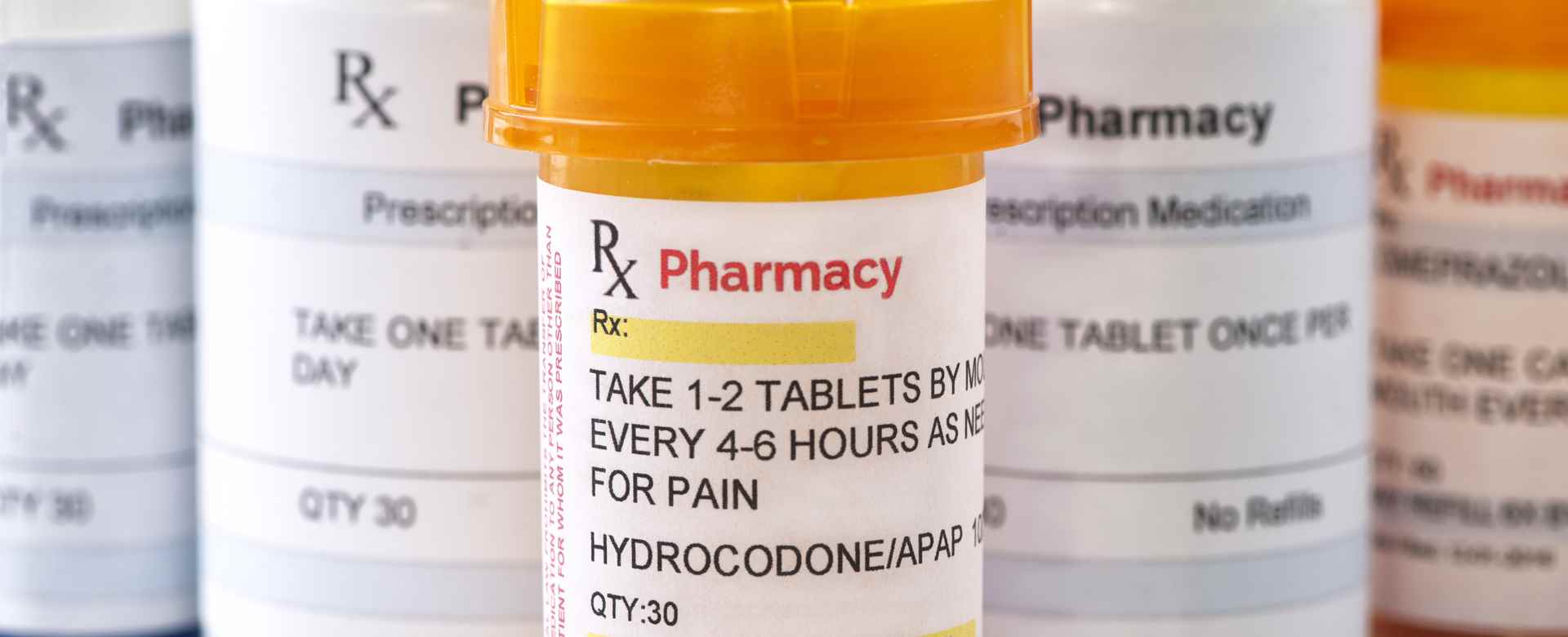The opioid crisis continues to loom in healthcare, as more individuals become addicted to and die from lawful and illegal forms of opioids. While controlled substances such as heroin are to blame for much of the problem, prescription medications are also a contributor.
Variation in how physicians treat chronic pain and non-nerve-related back pain and prescribe opioids can mean the difference between a patient managing their pain safely and becoming addicted and at risk of overdose. To this end, the U.S. Centers for Disease Control and Prevention (CDC) and leading medical associations have published evidence-based recommendations for opioid prescriptions to attempt to curtail the current crisis.
The State of the Current Opioid Epidemic
In 2015, opioids led to 33,091 fatalities, according to the CDC. This rise in opioid-related deaths is linked to illicit forms of opioids, such as heroin, and prescription painkillers such as fentanyl. Between 2014 and 2015, deaths caused by synthetic opioids other than methadone increased 72.2 percent. New York, Connecticut and Illinois saw the greatest percentage increases in synthetic-opioid-related deaths. The heroin death rate rose by 20.6 percent across the U.S. from 2014 to 2015, with South Carolina, North Carolina and Tennessee seeing the greatest percentage increases. The death rate for natural and semi-synthetic opioids, many of which are available by prescription, increased by 2.6 percent during this time.
New Clinical Guidelines for Prescribing Opioids
New information has led government agencies and major medical associations to offer up evidence-based guidelines for opioid prescriptions to increase consistency in how physicians treat chronic pain and back pain and reduce the number of individuals who become addicted to opioids.
The CDC found there is insufficient evidence to support using opioids for chronic pain outside of end-of-life care. It recommends physicians first try non-opioid therapies for treating chronic pain, including non-opioid medications, physical therapy, weight loss, behavioral treatment and surgical procedures. If non-opioid treatments are unsuccessful, physicians should evaluate the risk of harm and misuse prior to prescribing opioids. Any prescription should be for a short-acting, low-dosage opioid.
In February 2017, the American College of Physicians (ACP) published its clinical guidelines, as outlined in the Annals of Internal Medicine, for treating non-nerve lower back pain. The ACP states:
- For low back pain of less than 12 weeks’ duration, providers should use non-pharmacological treatment such as superficial heat, massage, acupuncture and spinal manipulation If medication is asked for, physicians should prescribe muscle relaxants or nonsteroidal anti-inflammatory drugs (NSAIDs).
- For chronic back pain lasting longer than 12 weeks, physicians should use non-pharmacological treatment such as exercise, rehabilitation, acupuncture, tai chi, yoga, motor control exercise, mindfulness-based stress reduction, progressive relaxation, operant therapy, cognitive behavioral therapy, electromyography biofeedback, low-level laser therapy or spinal manipulation.
- For patients with chronic back pain who do not respond well to non-pharmacological therapy, providers should use NSAIDs first, then tramadol or duloxetine second. Opioids should only be prescribed to patients whose potential benefits from opioids outweigh the risks.
Physicians Are the First Line of Defense Against Opioid Overuse
Healthcare providers at all levels are encouraged to adjust their prescription methods to improve consistency of opioid prescriptions and reduce patient risk of dependency. Emergency room physicians in particular can benefit from reviewing opioid prescription best practices and adjusting their habits. A recent study by the Harvard T.H. Chan School of Public Health found individuals seen by an ER doctor who prescribed them opioids were 30 percent more likely to take opioids for at least 6 months. Plus, patients who were given a large dose of opioids during their ER visit were more likely to become long-term users of the drugs.
Steps Taken to Address the Opioid Crisis
Positive steps have been taken in recent years to address the opioid crisis. In 2015, an unprecedented number of public and private entities agreed to put forth efforts to reduce prescription drug abuse and heroin addiction, according to the White House. This agreement included increasing public awareness efforts, improving provider education and training, and ensuring providers and law enforcement agencies have resources to treat opioid overdoses. In July 2016, Congress passed the Comprehensive Addiction and Recovery Act, which expanded addiction education and prevention measures, increased the availability of naloxone to law enforcement agencies and first responders, launched an evidence-based opioid and heroin treatment program and much more, according to the Community Anti-Drug Coalitions of America.
Even with these steps the work is not over. Congress may move forward with measures to curtail the flow of illegal drugs into the country. Adjustments to the U.S. Food and Drug Administration’s approval process may enable less addictive and abuse-deterrent drugs to hit the market sooner. Additionally, state incentives could increase the use of drug-specific courts and mandated treatment programs. However, whether or not statutory measures are taken, physicians across the country have the opportunity to alleviate the crisis by focusing on non-opioid treatments for chronic and back pain.
References:
http://www.insurancejournal.com/news/national/2016/12/28/436420.htm
https://www.cdc.gov/mmwr/volumes/65/wr/mm655051e1.htm
http://stacks.cdc.gov/view/cdc/38025
http://www.medicalnewstoday.com/articles/315817.php
http://www.cadca.org/comprehensive-addiction-and-recovery-act-cara
https://www.donaldjtrump.com/press-releases/donald-j.-trump-remarks-in-portsmouth-nh
Sign up for Updates:
Privacy Details
By submitting this form, you are consenting to receive marketing emails from: Advanced Medical Reviews, LLC. You can revoke your consent to receive emails at any time by using the Unsubscribe link, found at the bottom of every email.
